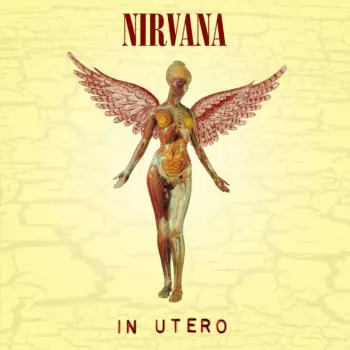LP The Rolling Stones: Black And Blue
180g Remastered Half Speed Master Gatefold Vinyl
Rolling Stones Records
26. júna 2020
1976 stieg "Black And Blue" auf Platz 1 der US Charts ein. Nachdem die Rolling Stones meherere Ersatzgitarristen für Mick Taylor unter die Lupe genommen hatten, unter anderen auch Wayne Perkins und Harvey Mandel, die beide auf dem Album "Black And Blue" zu hören sind, entschieden sie sich letztlich doch für Ronnie Woods, der dann auch neben Char...
Stav
Nové
Dostupnosť
Cena
30,99 €
38,99 €
Dostupnosť
Podrobnosti
| Názov | Black And Blue |
| Interpret | The Rolling Stones |
| Viac informácií | 180g Remastered Half Speed Master Gatefold Vinyl |
| Formát | LP (vinyl) |
| Vydavateľstvo | Rolling Stones Records |
| Dátum vydania | 26. júna 2020 |
| Prvé vydanie | 1976 |
| Hmotnosť | 230 g |
| EAN | 0602508773235 |
| ID produktu | 4775 |
| Identifikátor Discogs | 15535424 |
| Recenzie na portáli Discogs |
4.46
|
1976 stieg "Black And Blue" auf Platz 1 der US Charts ein. Nachdem die Rolling Stones meherere Ersatzgitarristen für Mick Taylor unter die Lupe genommen hatten, unter anderen auch Wayne Perkins und Harvey Mandel, die beide auf dem Album "Black And Blue" zu hören sind, entschieden sie sich letztlich doch für Ronnie Woods, der dann auch neben Charlie Watts auf der Rückseite des Album-Artworks stand. Aufgenommen wurde das Album in Deutschland, Holland, der Schweiz und den USA. "Black And Blue" enthält wundervolle Balladen wie "Fool To Cry" und "Memory Motel" und einige Riff-Perlen wie "Hand Of Fate" oder "Crazy Mama". Der Funkbrecher "Hot Stuff" wurde prompt zu einem Clubhit. Informácie o produkte Trinásty štúdiový album The Rolling Stones bol vydaný v roku 1976 po tom, čo bol nahraný prevažne v štúdiách Musicland v Nemecku a Rotterdame v Holandsku. Nepovažuje sa za klasiku Stones; to však neznamená, že nestojí za vypočutie. Rok 1976 je veľmi dávno a svet bol vtedy úplne iný. Diali sa iné veci. Napríklad pieseň Black And Blue bola v Amerike pôvodne uvedená obrovským billboardom na Sunset Boulevard, na ktorom bola modelka Anita Russellová pomliaždená a spútaná Mickom Jaggerom, sprevádzaná vetou: "Som Black And Blue od Rolling Stones - a milujem to!". Mick si myslel, že ide o "platný kus komerčného umenia, len obrázok", a Keith tvrdil, že je to "vtipné"; rôzne feministické skupiny si však neboli celkom isté a protestovali, až kým plagát neodstránili. V roku 1976 ste mohli celkom legitímne dostať do štúdia aj Billyho Prestona, aby zahral skladbu Cherry Oh Baby od Erica Donaldsona a potom ju celú zaspieval s treskovo-jamajským prízvukom. Nikto by si o vás nemyslel nič zlé, možno okrem mimoriadneho rockového kritika Lestera Bangsa, ktorý vyhlásil, že Black And Blue je "sklamanie ohavných rozmerov" a "prvý nezmyselný album Rolling Stones". To sa však zrejme trochu minulo účinkom, pretože Black And Blue, možno viac než ktorýkoľvek iný doterajší album Rolling Stones, bol predovšetkým o prostriedku, a nie o posolstve. Je to dobrý príklad starého problému "tanca o architektúre" - hudba nehovorí nič, čo by sa dalo užitočne vyjadriť slovami. Táto nahrávka je triumfom pocitu nad významom. Nalaďte si teda uši, ale na chvíľu vypnite mozog, nebudete ho potrebovať. Vezmite si napríklad záverečnú skladbu Black And Blue, Crazy Mama. Nemá zmysel v nej hľadať nejaký skrytý význam - v skutočnosti je táto myšlienka príjemne zábavná. Vypočujte si ju a budete počuť prečo. Ako môže byť v tejto priamočiarej rockovej skladbe niečo viac ako Charlieho a Billov potitulkový groove, stena plnokrvných sprievodných vokálov a gitarové postavy Woodsa a Richardsa lúpajúce farbu? Piesne možno rozprávajú príbehy, ale to nie je to, čo ich robí funkčnými. Príklad: Hand Of Fate sa vyžíva vo veršoch: "Yeah and I watched him die, yeah, watch out boy, I watched him die, woah!" predtým, než sa vráti k prekvapivému gitarovému sólu, ktoré je oveľa výpovednejšie ako text Pick 'n' Mix Outlaw. Potom je tu Hey Negrita, živá jam session, ktorá vás prenesie do mníchovských Musicland Studios a položí vás na chrbát na dlhú koženú pohovku. A je tu opäť Preston, ktorý sa odviaže sériou perlivých klavírnych tvarov. "Potrebujem peniaze," spieva Jagger a potom pohŕdavo ponúka "môj sladký zadok...". Charles Shaar Murray v recenzii albumu z roku 1976 (pričom ukázal, že hudobná tlač pred tridsiatimi-niekoľkými rokmi tiež robila veci úplne inak) povedal toto: "Pieseň nie je žiadnym nositeľom Nobelovej ceny, ale je dostatočne pevná, aby riff poskytol zámienku na oživenie, a vokály v refréne (Jagger, Richard, Preston a Wood) majú príjemne drzú naliehavosť." Dosť dobré. A prečo nie? Nahrávka sa vlastne začína strnulým disco groovom. Hot Stuff sa pokúša o dusivý tanečný nápor, príde trochu krátko, trochu sa roztopí a namiesto toho sa uspokojí s hlavou krútiacim ultrabuchom s viacerými Prestonovými pichľavými klavírnymi linkami. A potom, keď si už myslíte, že sa to v žiadnom prípade nezlomí do nejakého potácajúceho sa jazz-rocku, tak sa to stane. Na albume sú dve skvelé balady. V Memory Motel ("She has a mind of her own and she uses it well...") hrajú na gitarách Wayne Perkins a Harvey Mandel a akoby sa vracali k nostalgii starých Stones. Veľká časť piesne je o rôznych atraktívnych ženách, ktoré sa mihli svetom kapely, ale výstižne zachytáva život na cestách: "Na siedmy deň," spieva Jagger, "som mal oči v ohni, precestovali sme 10 000 míľ, boli sme v pätnástich štátoch...". Druhou skladbou je, samozrejme, globálny megahit Fool To Cry, ktorý je silne otrepaný, ale aj nesporne afektovaný. Ťažko brať Jaggera vážne, keď spieva o svojej žene "v chudobnej časti mesta", aj keď: "make lurve, so fine", ale ako už bolo povedané, ak si chcete niektorú z nich vychutnať, musíte sa zbaviť snahy pripisovať veciam na albume Black And Blue akýkoľvek doslovný význam. Zaujímavé je, že skladba Foool To Cry znie ako skladba z 80. rokov - je to ten typ voľnej, vesmírnej, syntetizovanej piesne, ktorá bude o päť a viac rokov neskôr dominovať mnohým svetovým éterom. Čo nás teda náš výlet strojom času, ktorým je Black And Blue, naučí? Nuž, populárna hudba má obrovskú schopnosť byť hlúpa v tých najlepších časoch - stačí si vypočuť naozaj veľmi zlú Melody, aby ste si to uvedomili (ukážka: "Looking high and low/Like a mustard for a ham"). Black And Blue sa ani nedá zaradiť medzi prvotriedne skladby. Barbara Charone bola zrejme na Kool-Aide, keď ju nazvala "skvelou nahrávkou", a Lester Bangs mal asi pravdu, keď povedal, že to nie je jedna z najlepších nahrávok The Rolling Stones. Ale mýlil sa, pokiaľ ide o jej celkovú hodnotu, a Charoneová bola absolútne na mieste, keď v tej istej recenzii napísala: "...podvádzate ich [The Rolling Stones] aj seba, ak si na počúvanie Black And Blue nenájdete čas a starostlivosť". Napriek niektorým neuváženým hudobným rozhodnutiam, veľmi podozrivým textom a niekoľkým umiestneniam piesní, ktoré sa nebezpečne blížia k tomu, aby zneli ako výplň, je väčšina albumu prinajmenšom celkom dobrá - dokonca aj na pomery Rolling Stones, ktoré sú vyššie ako väčšina ostatných. Takže buďte pokojní: skutočne sa tu nachádza niekoľko výnimočných momentov a dokonca aj piesní - ale len pre tých, ktorí sú pripravení venovať čas ich hľadaniu a potom počúvať bez predsudkov.
Album možno zaradiť do žánru Rock. 180g Remastered Half Speed Master Gatefold Vinyl.
The Rolling Stones
Naše recenzie:
U nás nájdete všetko!
Cez
189 000
LP a
325 000
CD
v ponuke
Vernostná zľava až 5%
Pre registrovaných zákazníkov
Majte prehľad!
Najpokročilejšie sledovanie
dostupnosti a objednávok

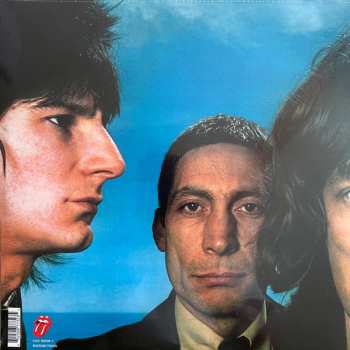
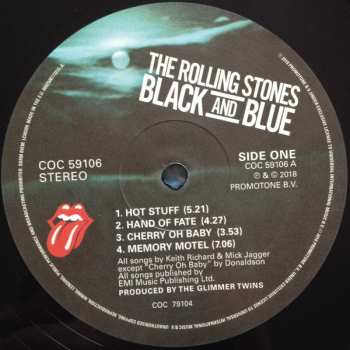
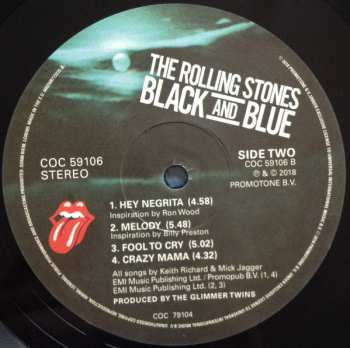
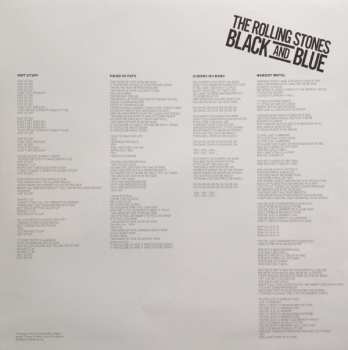
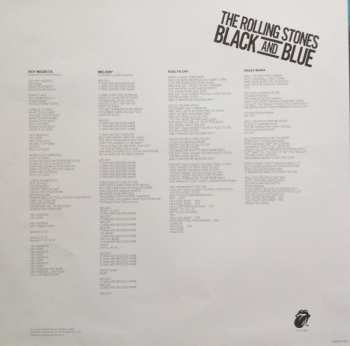



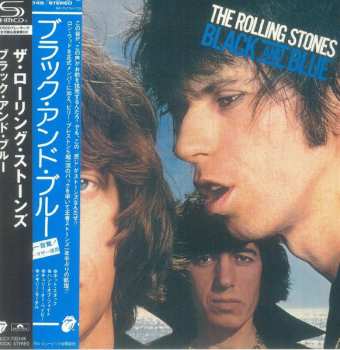
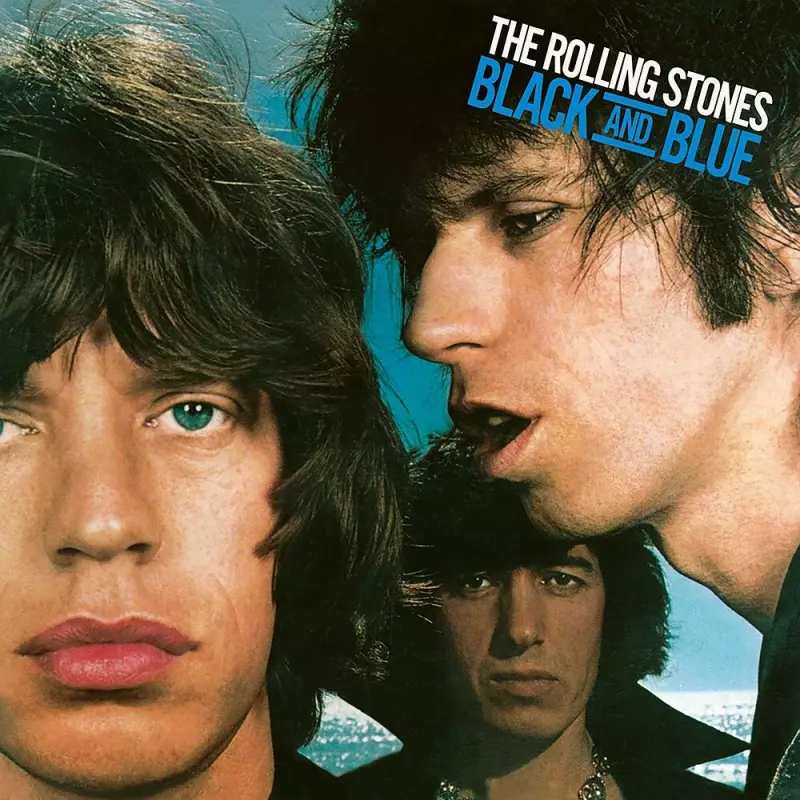

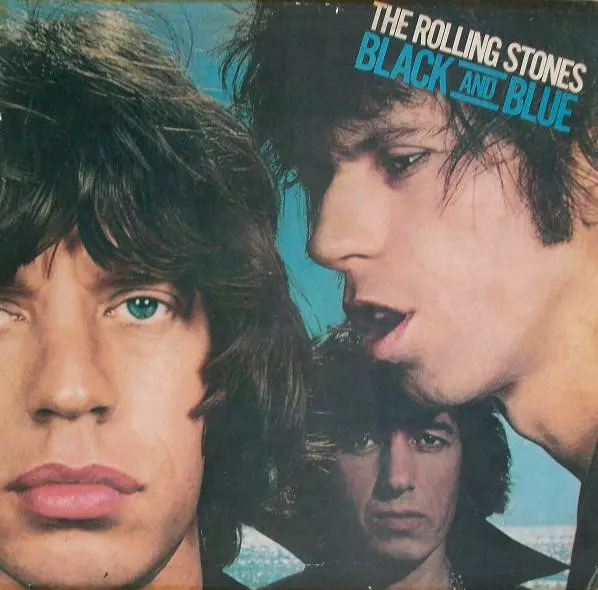
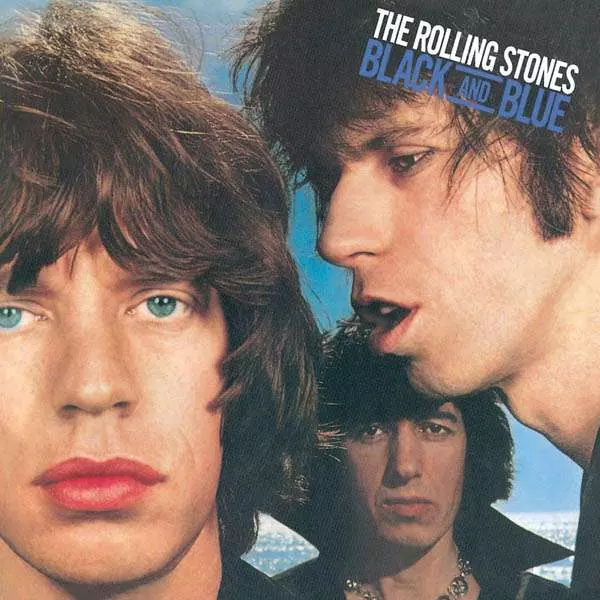
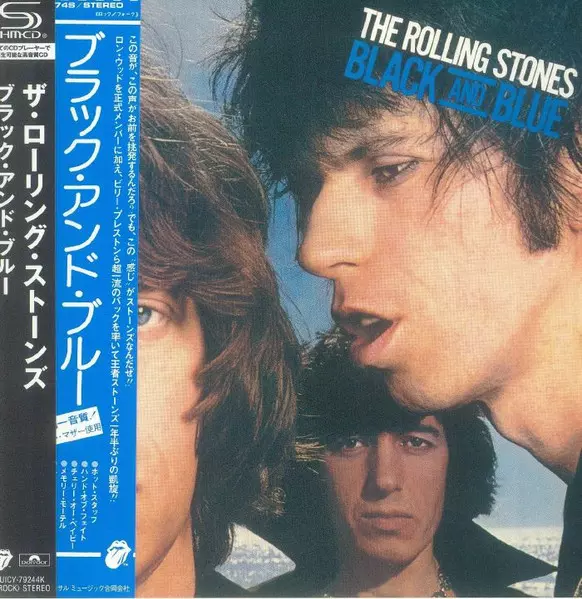






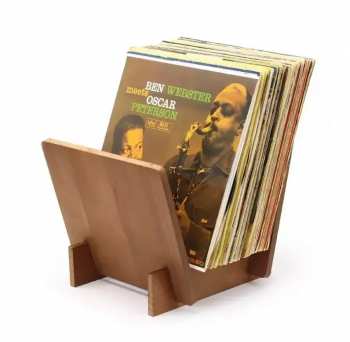



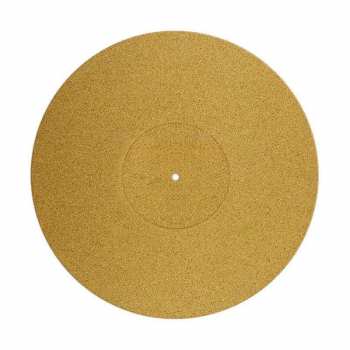
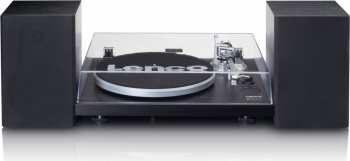
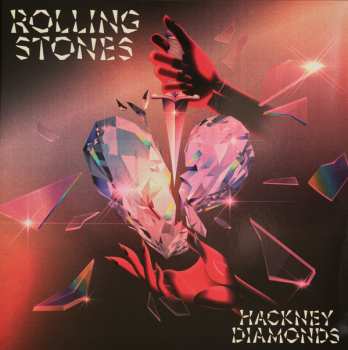


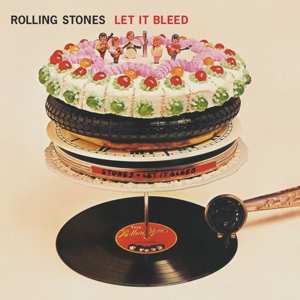
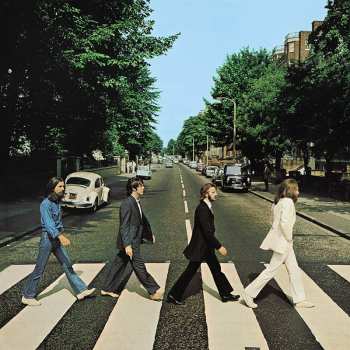

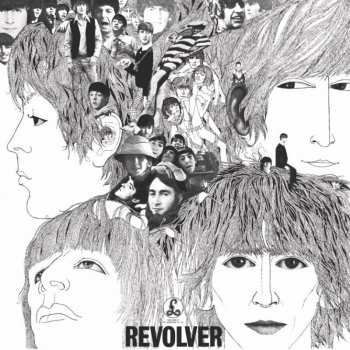


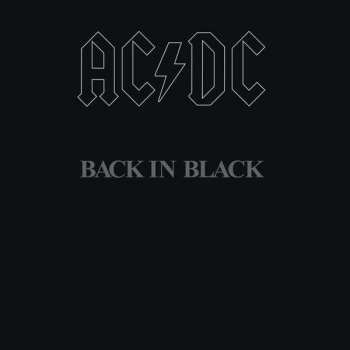
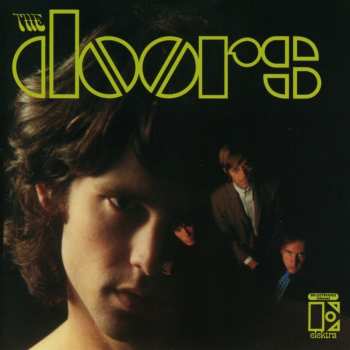
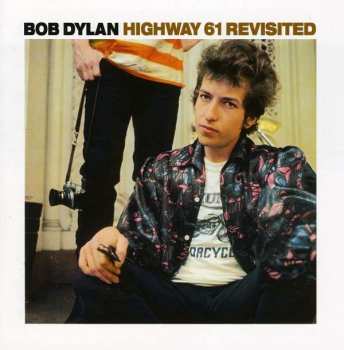
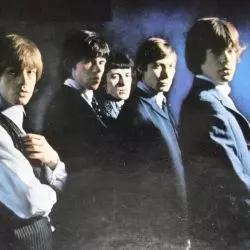

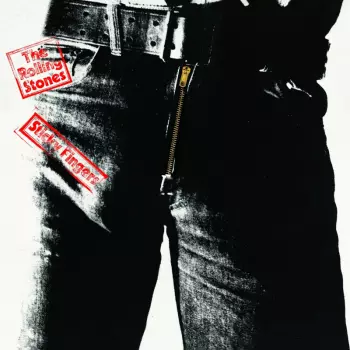


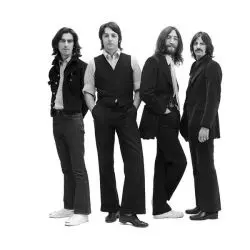 The Beatles
The Beatles
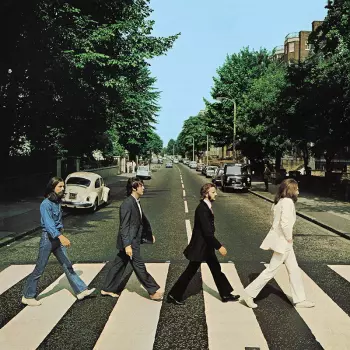
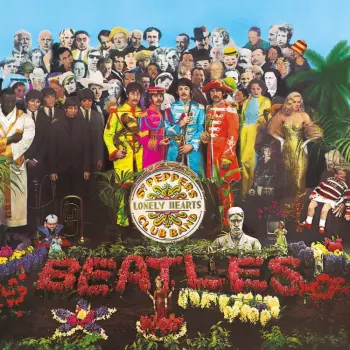
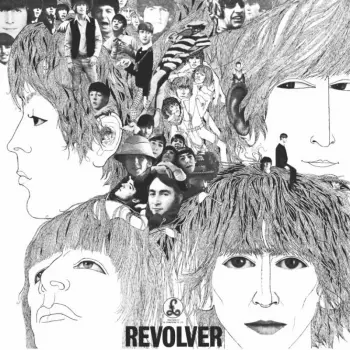
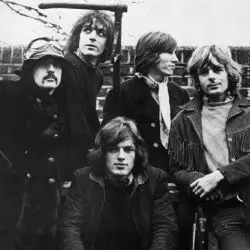 Pink Floyd
Pink Floyd
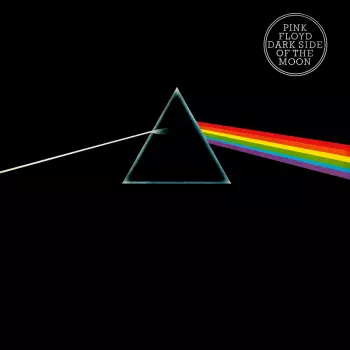


 AC/DC
AC/DC

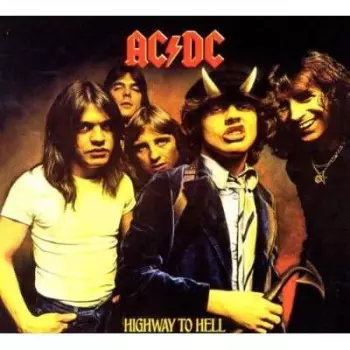

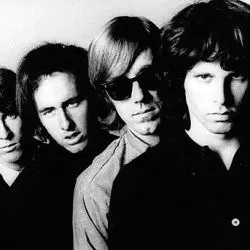 The Doors
The Doors
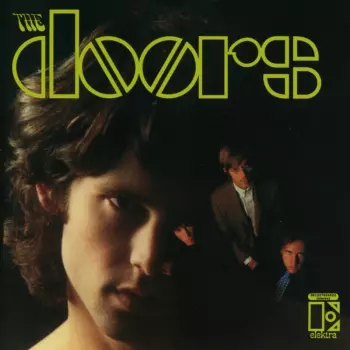
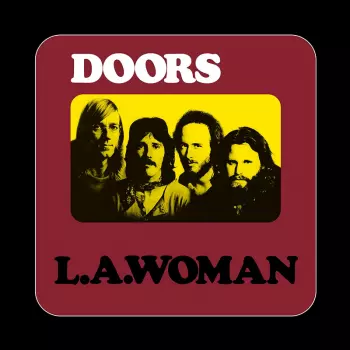
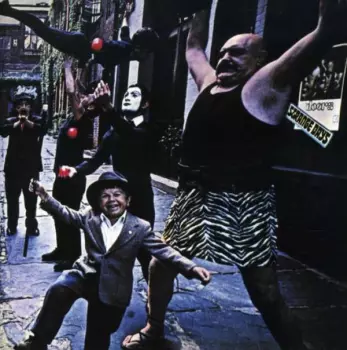
 Bob Dylan
Bob Dylan
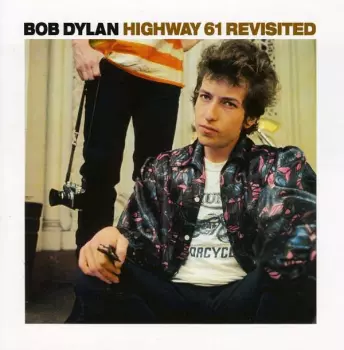
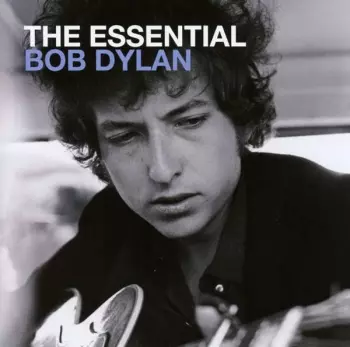
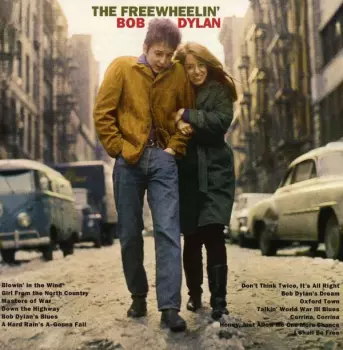
 Nirvana
Nirvana


